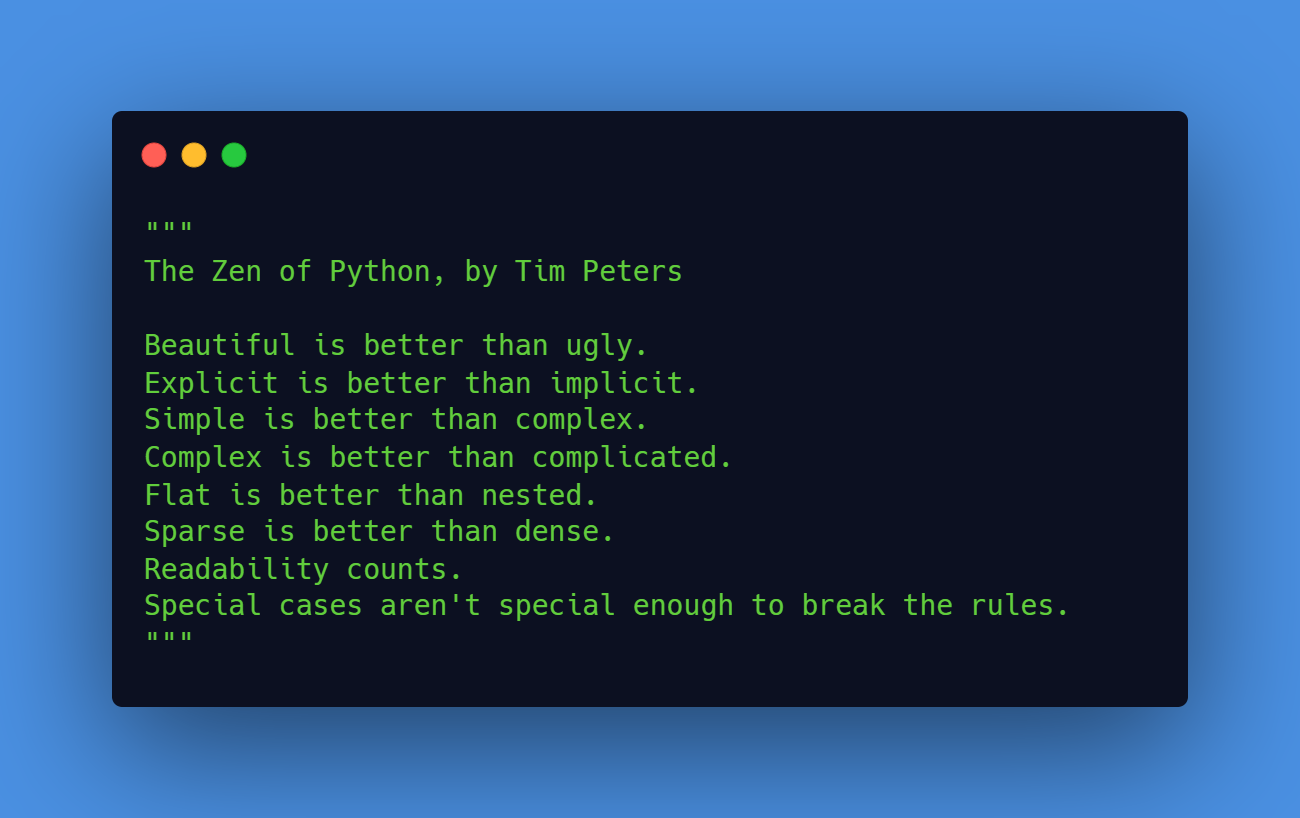One common cause of the “no such column” error is an incorrect database table structure. This can happen if you’ve made changes to your Django models but have not properly migrated those changes to your database.
To fix this issue, you’ll need to run the makemigrations and migrate commands to apply your model changes to the database. For example:
Code language: Bash (bash)$ python manage.py makemigrations $ python manage.py migrate
Cause 2: Incorrect Model Field Definitions
Another common cause of the “no such column” error is an incorrect field definition in your Django model. This can happen if you’ve specified a field with the wrong type or if you’ve made changes to a field and have not properly migrated those changes.
To fix this issue, double-check your model field definitions and make sure they are correct. If you’ve made changes to a field, you’ll need to run the makemigrations and migrate commands as described in the previous section.
Cause 3: Using the Wrong Model in Your Query
If you’re using multiple models in your Django project, it’s possible that you may be using the wrong model in your query. This can cause the “no such column” error if you’re trying to access a field that doesn’t exist in the model you’re using.
To fix this issue, double-check the model you’re using in your query and make sure it has the field you’re trying to access.
Conclusion
The “no such column” error in Django can be caused by several factors, including an incorrect database table structure, incorrect model field definitions, and using the wrong model in a query. By following the solutions outlined in this article, you should be able to fix this error and continue working with Django.
References
- Django documentation on database migrations: https://docs.djangoproject.com/en/4.1/topics/migrations/
- Django documentation on model fields: https://docs.djangoproject.com/en/3.1/ref/models/fields/

Leave a Reply